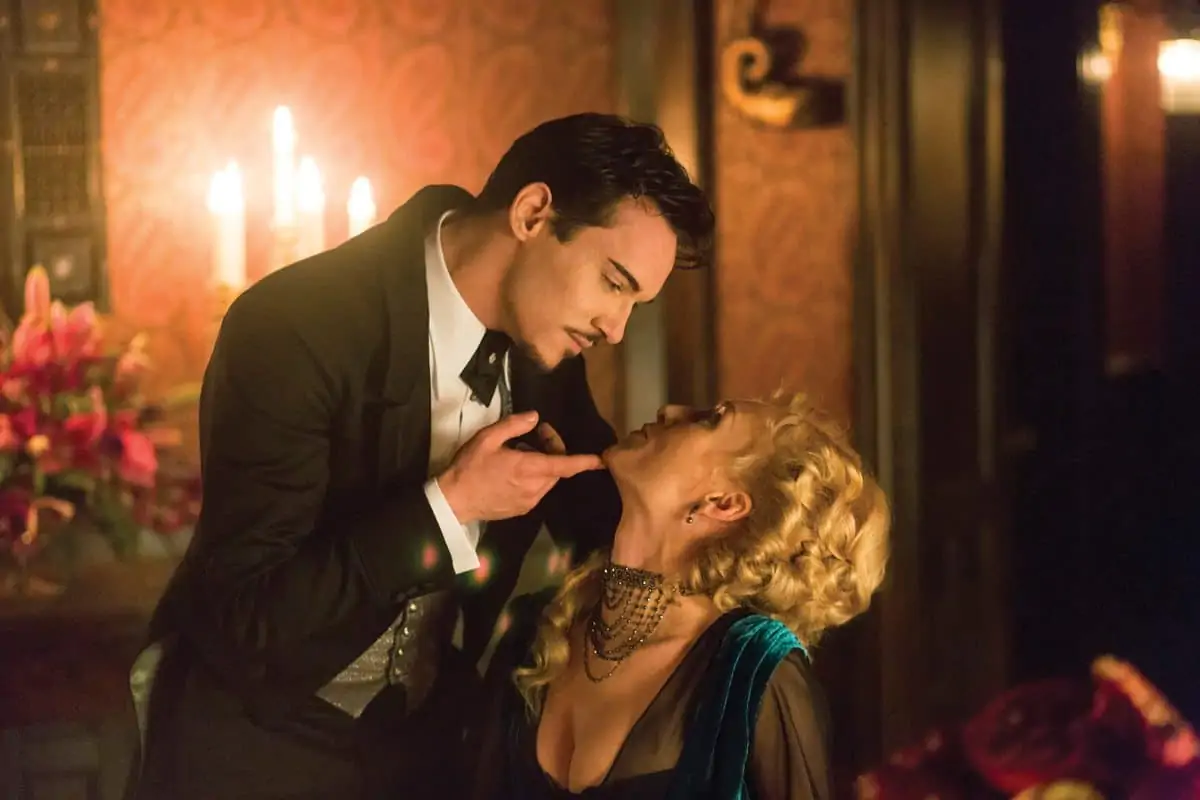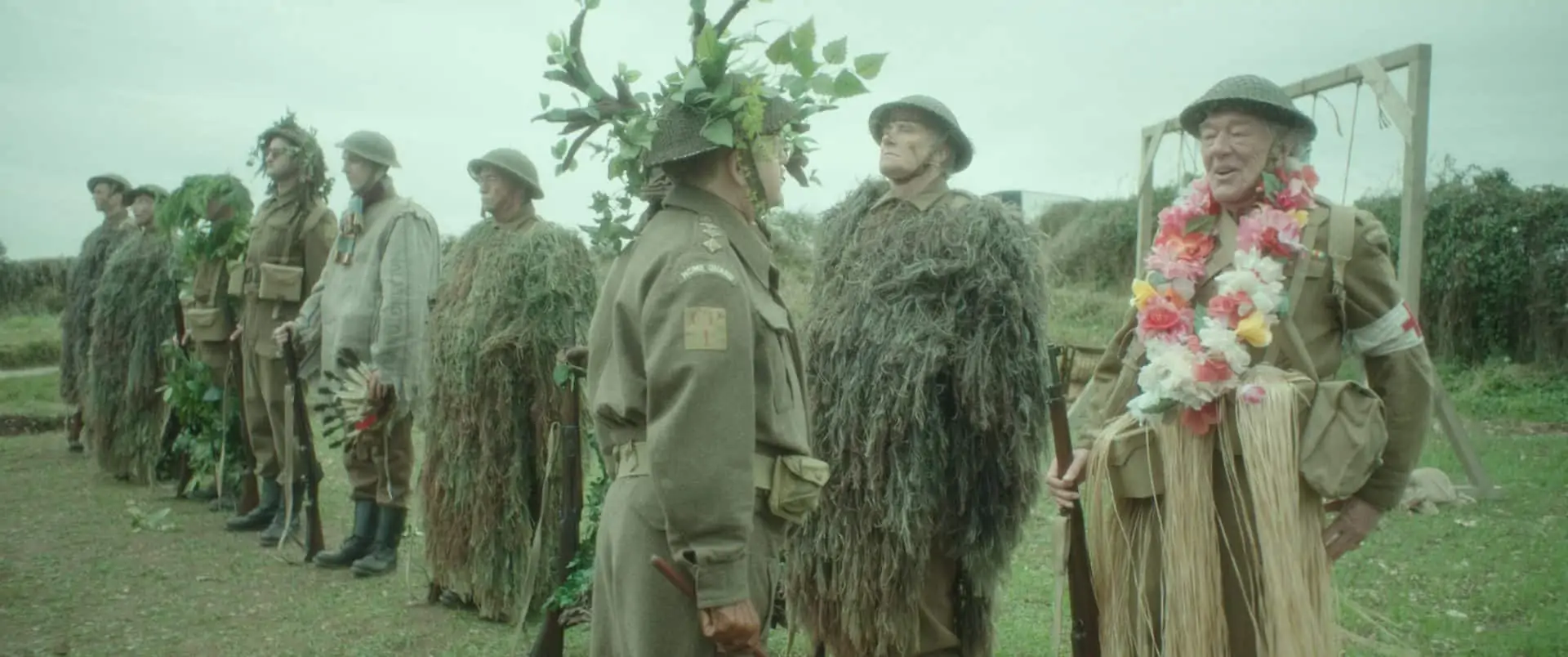Colour Palette
Finishing Post / Molinare

Colour Palette
Finishing Post / Molinare
BY: Michael Burns
Founded more than 45 years ago, Molinare is widely-recognised as a leading supplier in the UK post production scene, completing high-end projects across feature films, high-end TV drama, feature documentaries and broadcast factual programming.
Its dedicated creative teams - across colour grading, factual audio, drama audio, VFX and online editing - have been nominated over 25 times in industry-recognised awards in the past three years alone.
Notable recent credits include series two of the international hit-drama Killing Eve, BBC Studios' MotherFatherSon, Amazon's Good Omens, the Neil Armstrong biopic Armstrong, Nutopia's The Hunt For Jihadi John and Gurinder Chadha OBE's feature film Blinded By The Light.

A mainstay in the industry - in part down to maintaining state-of-the-art, ever-evolving technology - Molinare lays claim to London's largest theatrical grading theatre. The facility features Baselight architecture throughout, with five Baselight grading suites (offering workflows including UHD, 4K, 1,000nit HDR, Dolby Vision and 3D stereoscopic grading), Baselight assist and conform systems for conforming, VFX updates and deliverables creation, and FLUX Store centralised rendering.
The whole system is networked to provide access to any project in any room at any time. Molinare also enjoys dedicated connectivity to Dolby's Studios in nearby Soho Square, enabling remote Dolby Vision grading, both theatrical and at 4,000nits for the home. Most importantly, the Molinare grading team comprises of four senior colourists and one junior colourist. On the audio side, Molinare also offers six audio mixing theatres - including 7.1 / 5.1 stereo and full Dolby Atmos home entertainment.

Giri/Haji
Written by Joe Barton and produced by Sister for BBC Two and Netflix, thriller Giri/Haji explores the butterfly effect of one murder over London and Tokyo. With the action moving between the two cities and traversing the narrative's multiple time frames, colourist Andrew Daniel and cinematographers David Odd BSC and Piers McGrail were always keen to have a naturalistic grade for the main body, one which didn't affect their set-ups too heavily.
"When it came to flashbacks, we wanted to create strong looks for the three different moments looking back," recalls Daniel. "Whilst there are a few of them, each was carefully crafted to never feel forced or out of place. The Sony Venice allowed all of the range for us to achieve this and work straight from the RAW."

Untouchable: The Inside Story Of Harvey Weinstein
Directed by Ursula MacFarlane, this feature documentary concerns the rise and fall of the disgraced Hollywood movie mogul's career. Graded by Vanessa Taylor, the project featured numerous cinematographers, who were shooting in various locations in the USA. According to Taylor, the challenge with this project lay in smoothing the transition between media from various sources including multiple location shoots and archive spanning three decades.



Rocks
Jateen Patel completed the grade on Sarah Gavron's Rocks from Fable Pictures, with DP Hélène Louvart AFC shooting. Rocks follows 15-year-old schoolgirl Olushola Joy Omotoso, aka 'Rocks', as she hides with her loyal friends around London to avoid being taken into care with her younger brother.
Downton Abbey
For the big screen outing of the TV hit show, DP Ben Smithard BSC turned again to long-time collaborator Gareth Spensley, senior colourist at Molinare. "Ben and I have worked together on nearly 20 different productions over the last 15 years, including The Damned United, Esio Trot, The Second Best Exotic Marigold Hotel, and most recently Blinded By The Light," says Spensley. "I think the biggest benefit of a close working relationship is certainly speed; there are lots of simple technical conversations we essentially don't need to have anymore. I feel that means the time in the suite is much more focussed on the creative side of the grade."
Smithard shot extensive camera tests with the main cast to experiment with different looks. "The studio required the project to be ACES compliant, so we created a LMT (Look Management Transform) for the DIT and dailies colourist to use," says Spensley.

Shot on Sony Venice with a 2.39:1 aspect ratio at 6K and 4K X-OCN (depending on lens) Downton Abbey was conformed at Molinare direct from the Sony X-OCN Raw camera rushes.
Smithard had shot the film to differentiate the upstairs and downstairs characters with the camera work, framing and lighting. "With the DI grade Ben wanted to continue that differentiation; we picked key images from the film and graded them with a variety of film emulation techniques we've been using over the years," says Spensley. "By putting the different grades side-by-side, we chose the techniques that contrasted the two worlds the most. The common thread became using a tweaked old Fuji emulation for the downstairs characters; that accentuated the green walls and coppers of the kitchens, and more saturated old Kodak emulation for the upstairs scenes that brought out the golds and sumptuous wood panelling. We carried this separation across the film and had thought we'd have problems with the transitional moments, but the decisions were quite straightforward in the end.
"I think our long-term collaboration has led to Ben recognising on-set when he's going to use a particular DI grade effect, filter or digital fix," continues Spensley. "He knows when a specific technique will improve a sequence or fix a production issue because we've worked through similar issues together in the past. For example, on Downton Abbey, Ben and I drew on our dappled light technique we developed on the Marigold Hotel film to add a consistent light element to a complex sequence."











